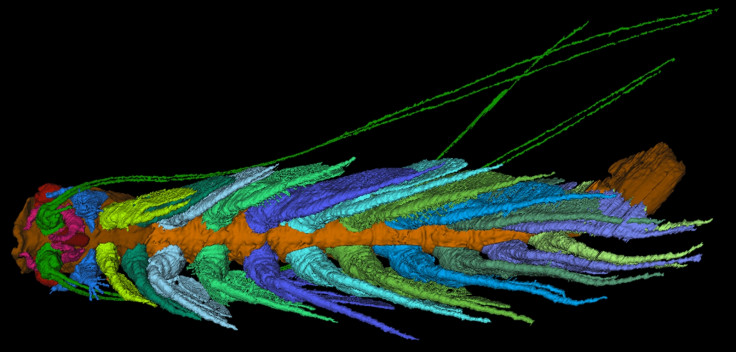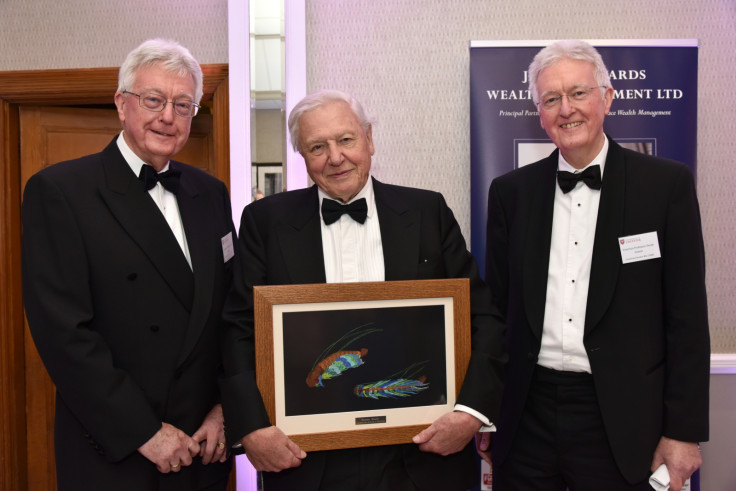Remarkable 430m-year-old lobster ancestor with large eyes on stalks discovered - and named after David Attenborough
The exceptionally preserved creature was named in honour of David Attenborough.
The extremely rare fossil was found in Herefordshire dating from the mid-Silurian is the ancestor of modern shrimps, lobsters and crabs.
The invertebrate is malacostracan, measuring just 8.9 millimetres long, is 1.3 mm wide at its widest point and has 10 legs, according to a paper in the journal Proceedings of the Royal Society B. The fossil has been named Cascolus ravitis, in a play on the name of the British naturalist and broadcaster David Attenborough.
Cascolus is a Latinisation of the meaning of the surname Attenborough – 'a fortified place' in Old English. Ravitis is a mixture of the Latin for Leicester, where Attenborough grew up, life (vita) and messenger (commeatis).
The 430-million-year-old fossil is remarkably well-preserved. It was found at a well-known Lagerstätte site – where fossils are preserved in particularly fine detail – on the border between England and Wales. The creature is preserved in three dimensions, rather than being squashed almost flat like many other fossils.
Exceptional preservation
Delicate, hair-like structures called flagellae have been preserved extending from near its head to past the end of its body. These were probably used for spatial and chemical sensing, study author David Siveter of the University of Leicester told IBTimes UK, while paddle-like structures running the length of the body are thought to have been used for locomotion.
"The paddle-like structures go all the way along the length of the trunk. By comparison to similar structures in modern crustaceans of a similar kind, they were probably used to help the animal move through the water," Siveter said.
These structures also have small canals close to the trunk of the body, which are thought to have been used to push water around the body to circulate oxygen for respiration. It also has large eyes on stalks that gave it 360-degree vision.
It's not known exactly what the creature ate, although claw-like structures near the animal's head suggest it was a predator.

"Clearly this animal could grasp food and channel it to the mouth and probably chew the food with these sharp prolongations," Siveter said. "Exactly what it ate isn't clear, but it was almost certainly capable of carnivorous activity because of these well-developed sharp prolongations at the base of the limbs, particularly near the head.
A framed picture of the fossil was presented to Attenborough at a ceremony last week.
Attenborough said in a statement: "The biggest compliment that a biologist or palaeontologist can pay to another one is to name a fossil in his honour and I take this as a very great compliment."

© Copyright IBTimes 2025. All rights reserved.






















